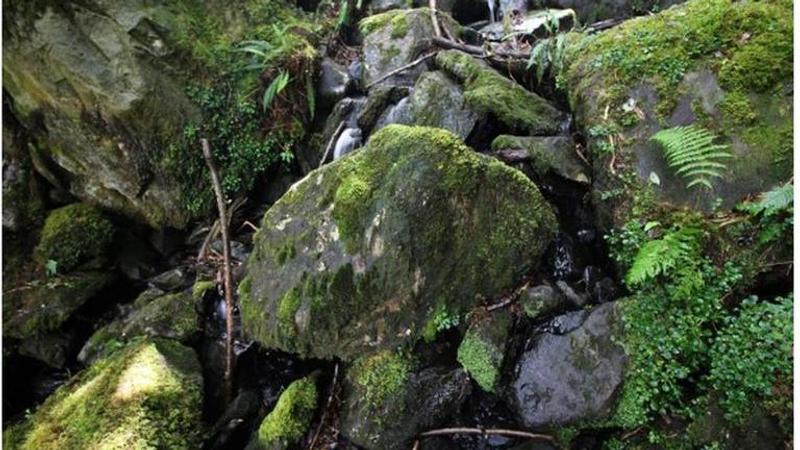Published 03:41 IST, October 5th 2020
Europe's 'Rarest' fern discovered by botanists in Ireland's remote upland valley
Europe’s rarest fern has been recently discovered in Killarney, Ireland but it has left Botonists astonished over how long it had gone undetected.

Europe’s rarest fern has been recently discovered in Killarney, Ireland but it has left Botonists astonished over how long it had gone undetected. It was Irish-based botanist Dr. Rory Hodd who first spotted the tiny cloud-forest fern in a remote upland valley for the first time in Europe. The neotropical fern, Stenogrammitis myosuroides, was previously found only in the mountainous regions of Jamaica, Cuba and the Dominican Republic but overlooked in Europe for thousands of years.
However, after the discovery, Hodd said, “It’s rare to discover a new native plant species in Britain and Ireland – one that we think arrived ‘under its own steam’, not imported by humans – but it’s frankly amazing to discover a genus that’s completely new to Europe.”
The tiny fern is part of a distinctive group of plants known as Grammitids, which is a rare variety that usually grows on trees in tropical regions. After Hodd spotted the fern growing between humid rocks while plant-hunting, he reportedly dispatched it to Fred Rumsey, a senior curator at the Natural History Museum in London. It was Ramsey along with other American colleagues who then identified the fern and published their findings in British and Irish Botony, the journal of the Botanical Society of Britain and Ireland.
“The nearest occurrences we have for these Grammitid ferns is mid-Atlantic, in the Azores, where there are two exceedingly rare species which have recently been listed as critically endangered,” Rumsey said.
Scientists discover two new species of pipeworts
While European botanists are ‘scratching their heads’ over the newest fern, scientists at Agharkar Research Institute in Pune recently discovered two new species of pipeworts in the Western Ghats of Maharashtra and Karnataka.
The Department of Science and Technology reportedly said on Sunday, October 4 that the species was reported from Sindhudurg district of Maharashtra has been named Eriocaulon parvicephalum (due to its minute inflorescence size), and the other reported from Kumta, Karnataka is called Eriocaulon karaavalense (named after Karaavali, Coastal Karnataka region). Pipeworts are the plant group that completes their brief life cycle during monsoons and exhibits great diversity in the Western Ghats.
Image: britishandirishbotany.org
Updated 03:41 IST, October 5th 2020



